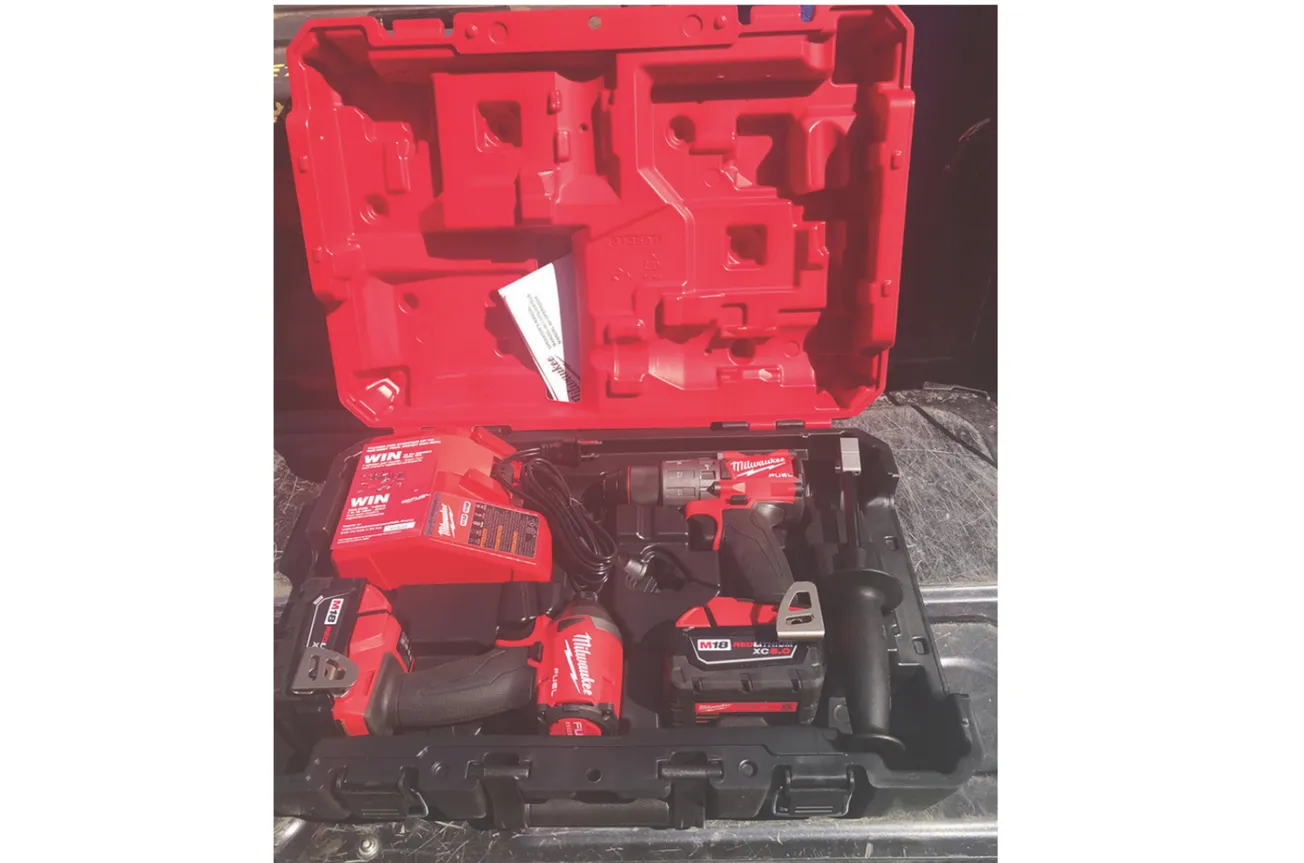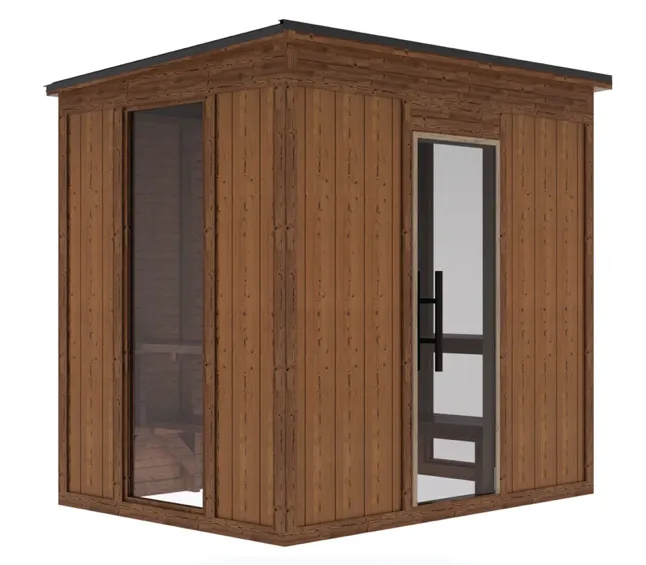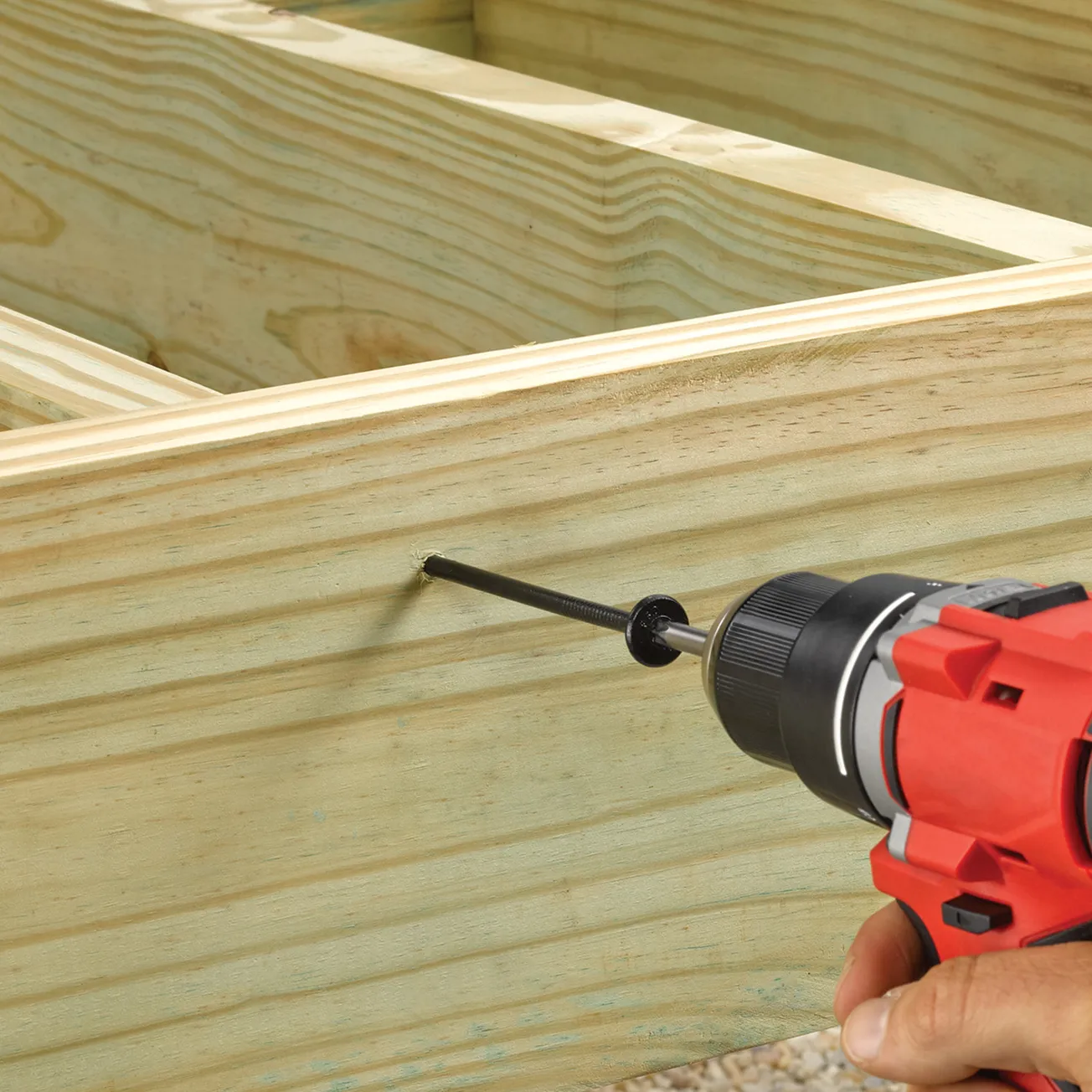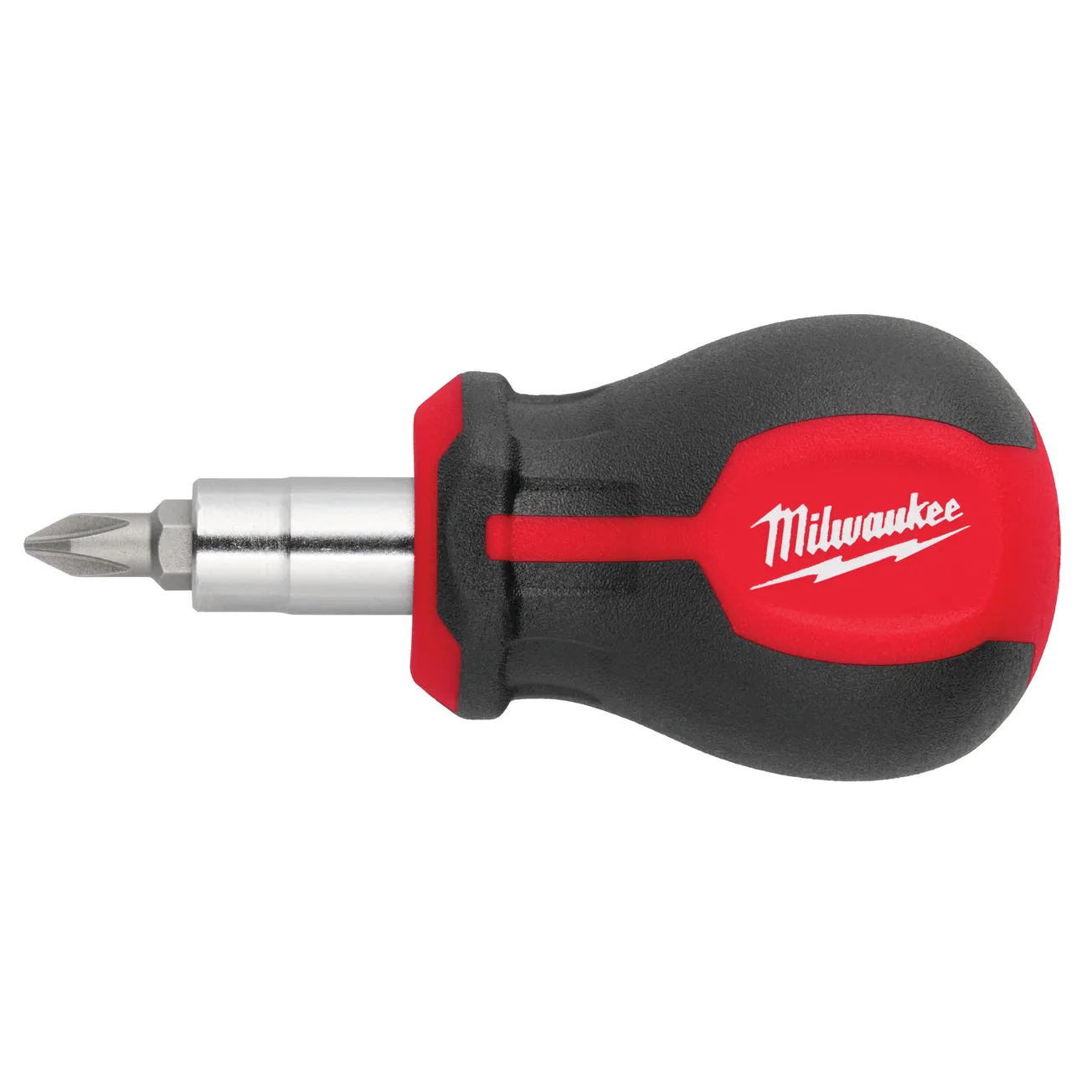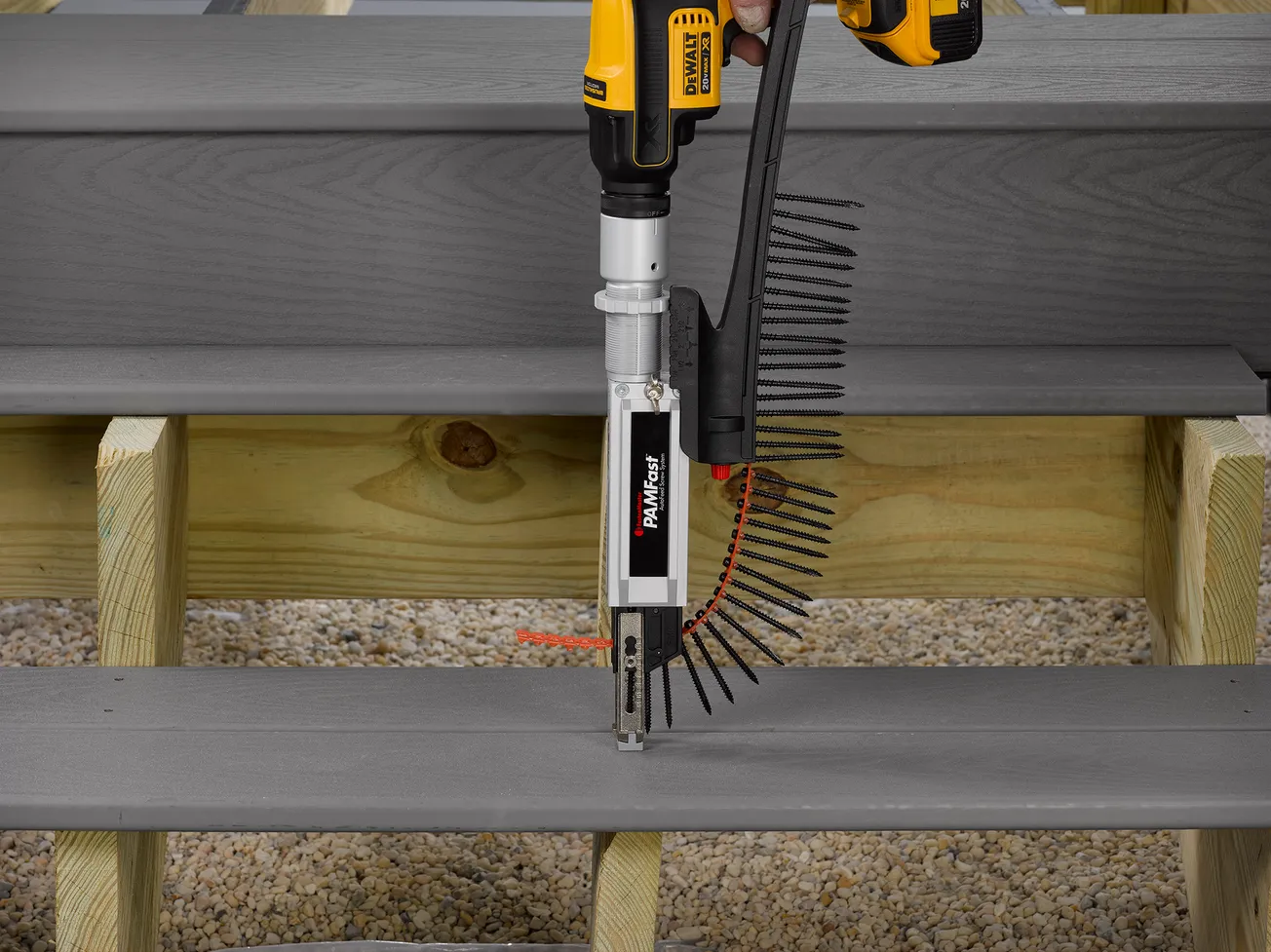Table of Contents
Milwaukee M18 Fuel Drivers
As promised in my last article, I requested and received the recently released M18 Fuel Drill/Hammer Drill/Driver and M18 Fuel Impact Driver Kit from Milwaukee Tools.
The 2997-22 “kitted” version consists of the 2804-20 Drill and 2853-20 Impact Driver; a very slick dual-voltage, dual-port fast charger designed for charging of both 12-volt and 18-volt batteries concurrently; and two 18-volt XC 5.0 extended runtime batteries. All of the components fit securely in a sturdy, well designed, blow-molded plastic case that also has room for accessories and accoutrements. This space was nice, as previously more than a few similar plastic tool cases were shop modified to make some space, incorporating a hot knife cutter and Dremel Moto Tool to accomplish said mod. Usually with a less than finished appearance. Good looking out, Milwaukee.
Additionally, the case seems designed to keep the contents dry and well protected from the elements. I inadvertently discovered this after the tools had spent several very rainy nights exposed in the bed of my truck. All the more reason that serious tool manufacturers really need to abandon the tool bag as a cost-cutting measure in all but maybe their entry-level tool lines and instead include a quality tool case, designed to last the life of that tool.
Maybe they should follow Apple’s example; they are meticulous not only in the quality of their products but in their look, feel and presentation. They have industrial designers that focus solely on product packaging and it shows. Apple products are also sold at a premium for a reason—connect the dots. Maybe they are on to something, and the smart money in the tool industry may want to research it. Just my personal $.02. Now don’t even get me going on the metal tool cases that tools used to come with. Sadly, I know those have gone the way of the buffalo and the dodo. But I digress…
So after fully charging both batteries, we went to work. We decided to begin with the drill. We first used the M18 Fuel Drill to run a mortar-mixing paddle as we prepared a large batch of countertop concrete mix in a 20-gallon garbage can. Previously, my aging Makita 1/2” cordless drill, with an 18-volt 3.0 amp hour battery has been pressed into use. Begrudgingly it does it, but only in low range and if the mix is a bit “soupy.” I take note of its protest by how hot the motor housing gets. As I prefer to make the mix more the consistency of pancake batter, we often must resort to rolling out my corded Milwaukee 1/2” Holeshooter drill motor (complete with a metal case) and utilize it. Surprisingly the M18 Fuel Drill managed to do it at a higher RPM and much cooler than the other two drills. The large auxiliary handle that clamps to the drill made this operation much easier on my wrists, providing plenty of leverage to resist the torque generated. It easily outperformed both my other cordless and the corded drill.
The next day, with the same battery, we used it to punch 48 holes through double 2×8 PT material, with a fresh 1-1/4” Irwin Speed Bore bit, and the tool easily complied. We did notice toward the end, a slight RPM drop off and by the last few bores, the tool speed had decreased significantly. There is no doubt that this tool is absolutely heavy duty. It will take on the gnarliest tasks you can throw at it, handle them all day long and without a whimper. That being said, the tool with its XC 5.0 battery attached, while relatively compact in overall size, can feel sort of bulky and unbalanced when using it for more precision tasks, such as in driver mode. The other side of that coin is that nobody is buying this drill to install cabinet hinges and drawer slides. This tool has an excellent build quality and outstanding runtime, making it ideal for many of the heavy duty tasks encountered by the professional deck builder.
Next, we grabbed the other fully charged XC 5.0 battery and installed it into the 4.59” M18 Fuel Impact Driver. This is Milwaukee’s smallest, fastest and most powerful impact driver. After loading up a pouch full of fasteners, we prepared to install the 192 5-1/2” Ledger Lock lag screws at the deck ledger-rim joist connection. The true single-handed insertion 1/4” driver chuck actually made installing the correct driver tip a breeze. This is the first chuck of this type that actually functioned as advertised. After using one that works, using any other chuck becomes an exercise in frustration. This is truly the greatest little feature you never knew you missed.
So after laying out the fastener locations on the ledger, we each began at opposite ends, in a race to see how this tool would compare to the impact driver we currently use. The Milwaukee claim is that it is 30% faster. From the first fastener driven, the difference was noticeable audibly. The frequency of the hammer on the anvil inside announced that it is indeed faster and our race to the middle ended with my opponent winning our impromptu race… by about a 30% margin. Remarkably, when we were finished, the Milwaukee was warm, but nowhere as hot as our other impact.
Over the course of a month, we used the Impact for everything from assembling concrete formwork to installing stainless steel cabinets in an outdoor kitchen, and the tool performed excellently. We were hard pressed to find any fastener driving task that the #2853 did not excel at.


